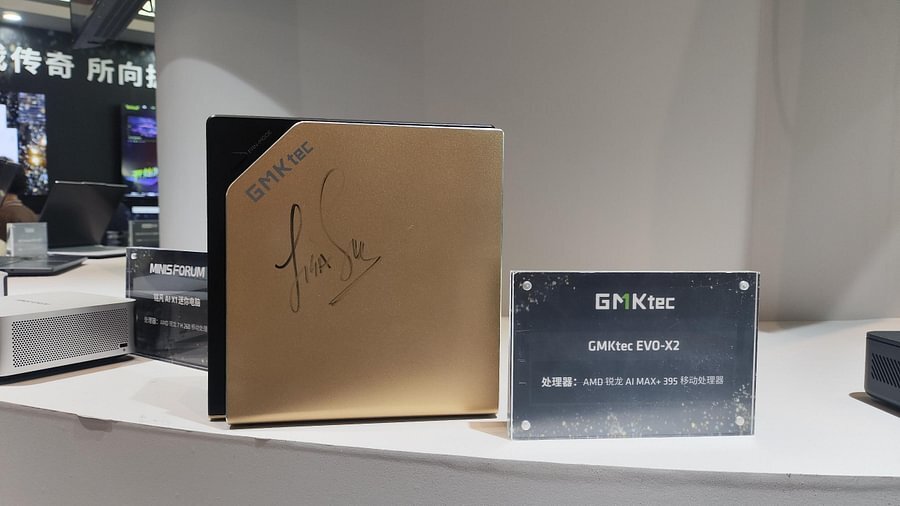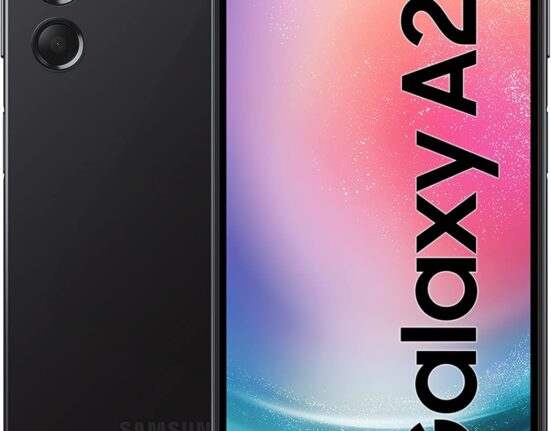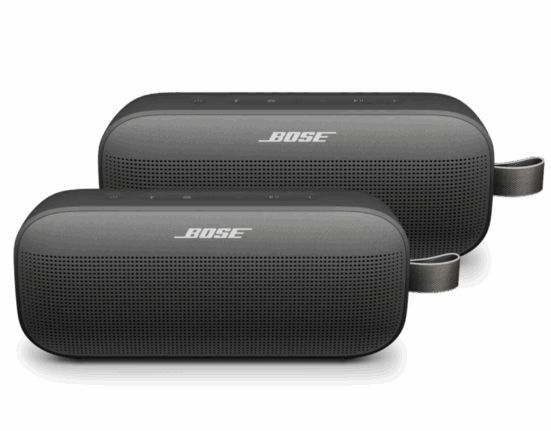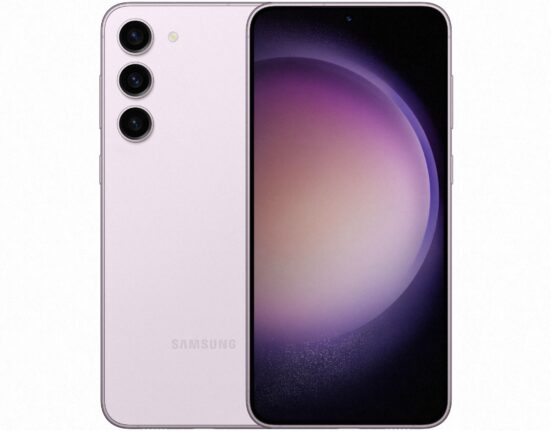AOOSTAR has recently introduced the NEX395, a unique AI-focused mini PC that is causing quite a stir in the tech world. The device stands out with its unconventional design and powerful hardware components. Let’s take a closer look at what makes this mini PC so intriguing.
The NEX395 is presented in a box-like casing, departing from the traditional designs commonly seen in mini PCs. Powered by AMD’s flagship Strix Halo processor, this mini PC boasts impressive specifications, including a 16-core, 32-thread chip with boost speeds up to 5.1GHz and 40 RONA 3.5 compute units. It also seems to support up to 128GB of memory, likely LPDDR5X due to its compact form factor.
“This level of memory capacity aligns well with other mini PCs targeting AI development workflows,”
noted one industry expert.
“Especially those involved in handling large language models.”
While the memory capacity is on par with competitors, crucial details about storage, cooling solutions, and motherboard layout are still shrouded in mystery. The exterior design of the NEX395 resembles an oversized SSD enclosure or an external GPU dock more than a typical desktop system. Its slim profile and vent-heavy structure deviate significantly from the usual cube or NUC-style mini PCs available in the market.
Upon first glance, holding the NEX395 feels akin to gripping a chunky power bank or half of a Mac mini – certainly not what you’d envision for a powerhouse AI workstation housing a 16-core processor. Questions arise regarding thermal management and space for potential future upgrades within such a compact build.
The integrated Radeon 8060S GPU included in the Ryzen AI MAX+ 395 APU offers substantial computing power on its own. Interestingly, AOOSTAR also offers an external eGPU enclosure featuring the Radeon RX 7600 XT. However, as experts point out,
“Given that the integrated GPU already surpasses the RX 7600 XT in architecture and compute units, it raises questions about the practicality of combining them.”
Moreover, concerns have been raised about high-speed eGPU connectivity limitations since there appears to be no support for technologies like OCuLink that could impact external graphics performance significantly.
In terms of connectivity options, the NEX395 provides dual Ethernet ports along with four USB-A ports, USB-C port HDMI and DisplayPort outputs – all requiring an external power input through dedicated means like power brick connections.
Without concrete information on thermal dissipation capabilities or sustained performance benchmarks yet available, doubts linger about whether this system can effectively handle tasks typically assigned to top-tier workstation PCs or business-oriented machines.
Lastly, pricing details remain undisclosed; however comparable models such as HP Z2 Mini G1a and GMKTEC EVO-X2 suggest that AOOSTAR’s offering may fall within similar price ranges rather than being positioned as budget-friendly alternatives.
In conclusion,AOOSTAR’sNEX395 Mini PC pushes boundaries both in design and hardware specifications but leaves many critical questions unanswered regarding functionality and value proposition within its segment.









Leave feedback about this